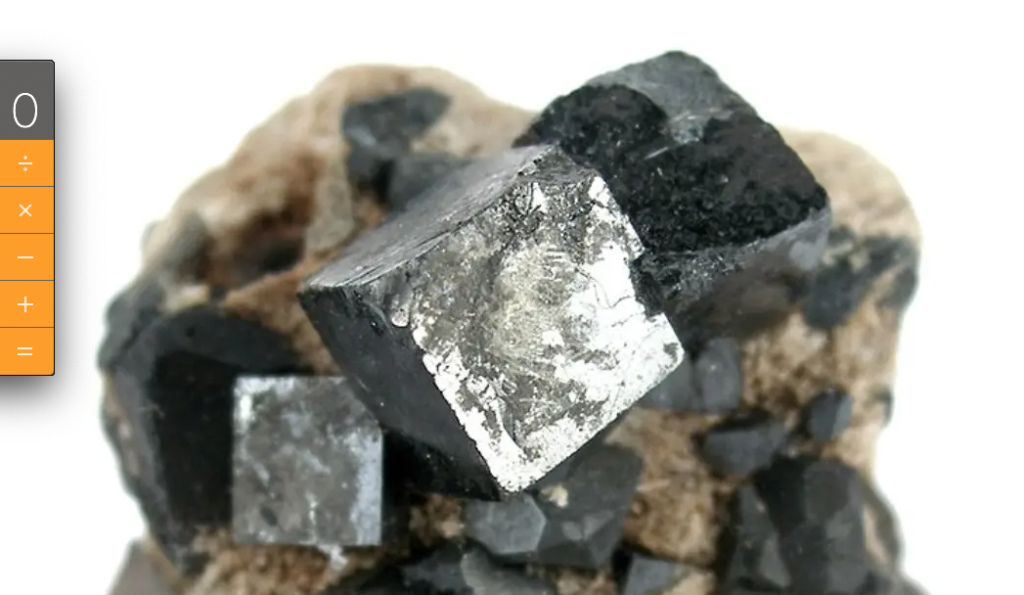The first Photovoltaic in perovskite triple junction with certified efficiency
(sustainabilityenvironment.com) – It comes from Canada and more precisely from the laboratories of the electrical engineering department of the University of Toronto, a new triple junction perovskite photovoltaic. A device that is still experimental but has already set a world record: it is able to convert more than 24% of the incident light into electricity. The secret lies in the very architecture of the cell.
How does multi-junction photovoltaic work?
The multijunction technology was born with the specific objective of increasing the photovoltaic yield. Each unit consists, in fact, of several layers of semiconductors that can have different bandgaps and then respond to different wavelengths, capturing and converting energy that would otherwise be lost. In the triple junction, in particular, three subcells respond to three different spectral bands. For the solar industry this type of approach is not new, but it is the result achieved by the University of Toronto.
The team has created the most efficient triple junction photovoltaic cell completely in perovskite. But how can one material have three different bandgaps? The answer is simple. What is commonly called perovskite is actually a large group of mixed oxides of two metals, whose crystalline structure follows that of the first mineral perovskite discovered. Industry research has long discovered how to synthesize perovskites useful for different purposes. And just vary the composition of the crystals to tune them to the absorption of different wavelengths of light. Impossible operation with classical semiconductors such as silicon.
Solar cells in perovskite, new world record
As Tyler Irving explains on the University website, the group has worked with new mixed rubidium/caesium inorganic perovskites that show, among other things, better light stability than organic-inorganic hybrids. The new PV in perovskite triple junction showed an efficiency of 24.3% with an open circuit voltage of 3.21 volts. The National Renewable Energy Laboratory has independently certified an almost stationary yield of 23.3%.
“In the past, triple junction perovskite solar cells had shown a maximum efficiency of about 20%. In other words, this work represents a great improvement”, says researcher Lewei Zeng, one of the main co-authors of the article published in Nature. “As far as we know, this is also the first certified efficiency for this type of cells. In addition, previous projects tended to lose much of their performance within hours. In contrast, ours maintained 80% of its initial efficiency even after 420 hours of operation”.

